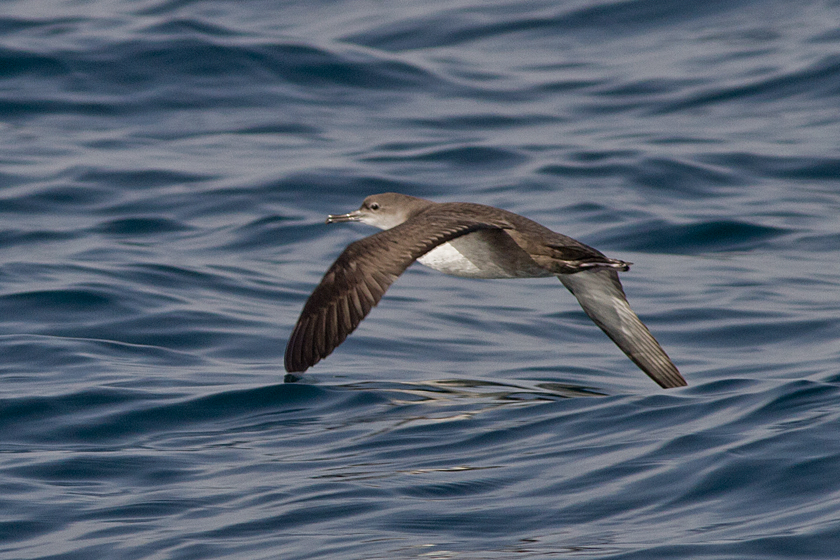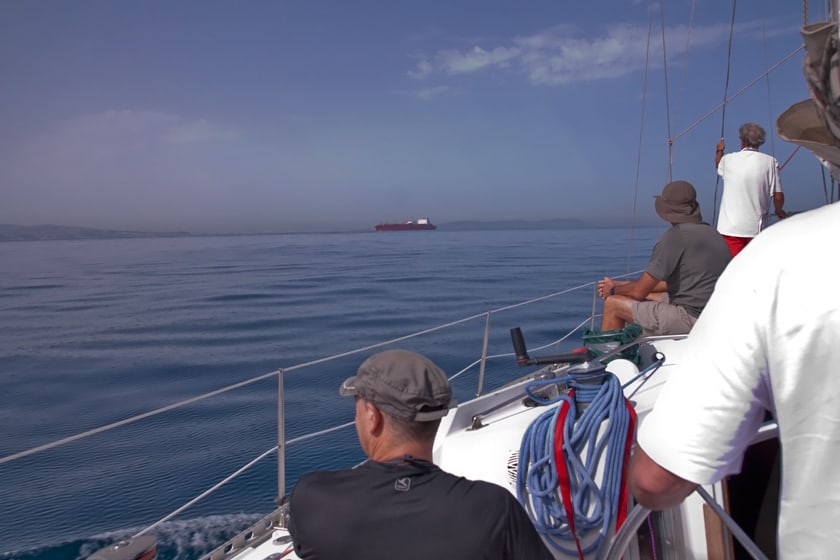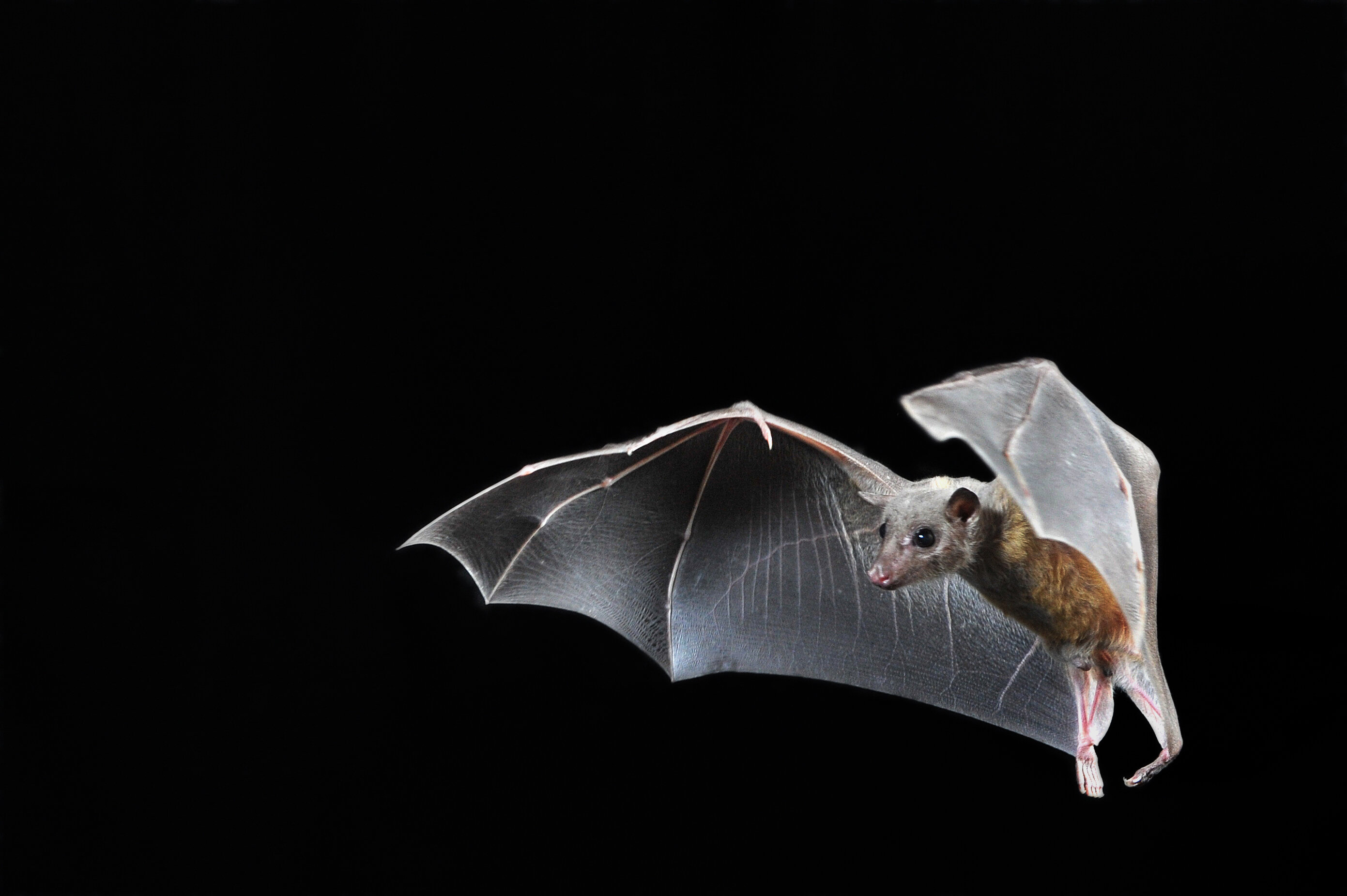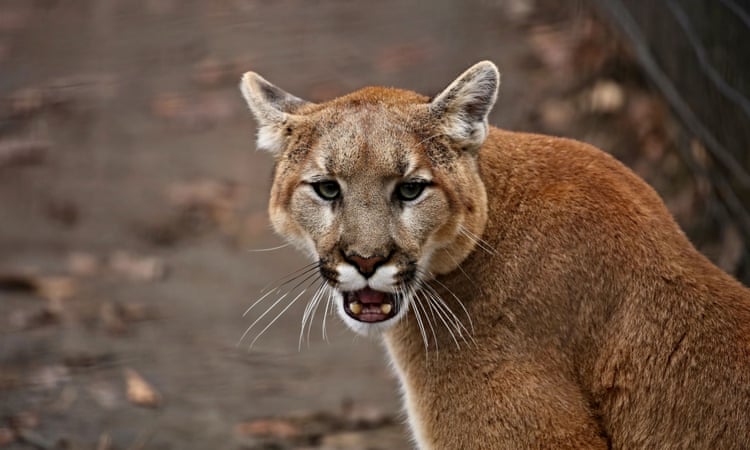

I had a lovely day out on Saturday with a group of friends in a charter yacht on The Strait. The outing had been organised by Alexandra Farrell and we all met up at Tarifa’s port and boarded our vessel the
Aroha Rahi
for the day and met the skipper Pepe Fernandez.
Calm waters meant we motored all day as there wasn’t enough wind to set any of the sails on the 14m yacht. I suppose it gave greater visibility and we were able to get out quickly to where the whales and dolphin species could be found.
As soon as we left Tarifa we started to pick up both
Cory’s
and
Balearic Shearwaters
.
Most of the Cory’s Shearwaters were of the Mediterranean race
diomedea,
as one would expect. You can also see the Atlantic form, which is often referred to as a different species but in reality is another race, often referred to as Scopoli’s Shearwater. Basically, it all revolves around the amount of white on the primaries, the Atlantic birds have much less.
Birdlife International do not split these birds and offer this explanation:
‘Taxonomic noteCalonectris diomedea (Sibley and Monroe 1990, 1993) has been split into C. diomedea and C. edwardsii following Hazevoet (1995), contra Brooke (2004). Calonectris diomedea (Hazevoet 1995) was split by Sangster et al. (1998) into C. diomedea and C. borealis. However, this treatment is not followed by the BirdLife International Taxonomic Working Group because morphological and genetic differences between the two taxa are slight, similarly large divisions exist within diomedea as between diomedea and borealis and qualitative differences in voice do not necessarily amount to isolating mechanisms. ‘

We had a few good pairs of eyes on board
and also saw a few
Leach’s Storm Petrel
although I didn’t manage to get any recognisable photos but both Andy Paterson and myself could clearly see the forked tail
which is a pretty distinct identification feature in separating ‘Stormys
‘.






The Sperm Whale is a toothed whale that lives in pods. It has a huge brain that weighs about 20 pounds (9 kg); it is the largest brain of any animal. The Sperm Whale has a single blowhole that is s-shaped and about 20 inches long. The blowhole is located on the left side of the front if its huge head. The whale has a 4-12 inch thick layer of blubber.
Sperm Whales are the largest toothed whales with teeth on the lower jaw only.
Adult males grow to be about 50-60 feet (17-20 m) long, weighing about 40-50 tons (36-45 tonnes). Females are smaller, about 33-40 feet (11-13 m) long, weighing about 14-18 tons.
The four-chambered heart of the average sperm whale weighs about 277 pounds (126 kg) – about as much as two average adult human beings!






Our Cory’s Shearwaters breed on islands and cliffs in the Mediterranean. Atlantic birds in Europe have outposts in the Atlantic at the Canary Islands (Spain), Berlengas Islands and the Azores (Portugal).
After breeding, birds from the Atlantic colonies predominantly winter off the coast of South America and southern Africa, with some individuals from the Mediterranean wintering in the area of the Canary current (
Navarro and González-Solís 2009
).






They then expel the water from their mouth while trapping their prey inside their baleen bristles. The bristles act like a filter by allowing water to seep through the baleen bristles while preventing their food from escaping.In some cases these whales have been observed working together by swimming in circles around their prey frightening them into a small ball. The whales then swim towards their prey engulfing large amounts of food one at a time.


Stephen Daly
Stephen Daly, has been birding since he was eight years old in his native Scotland. After living in Germany and France he established Andalucian Guides the successful birding and wildlife tour company on The Strait of Gibraltar in Spain and has been living here since 2001. Photographing birds in flight is one passion and his photos can be found in many books, magazines and journals. Studying bird behaviour and bird migration are two other positive aspects of being based on one of the busiest migration routes on Earth.
- Web |
- More Posts(81)






Leave a Reply